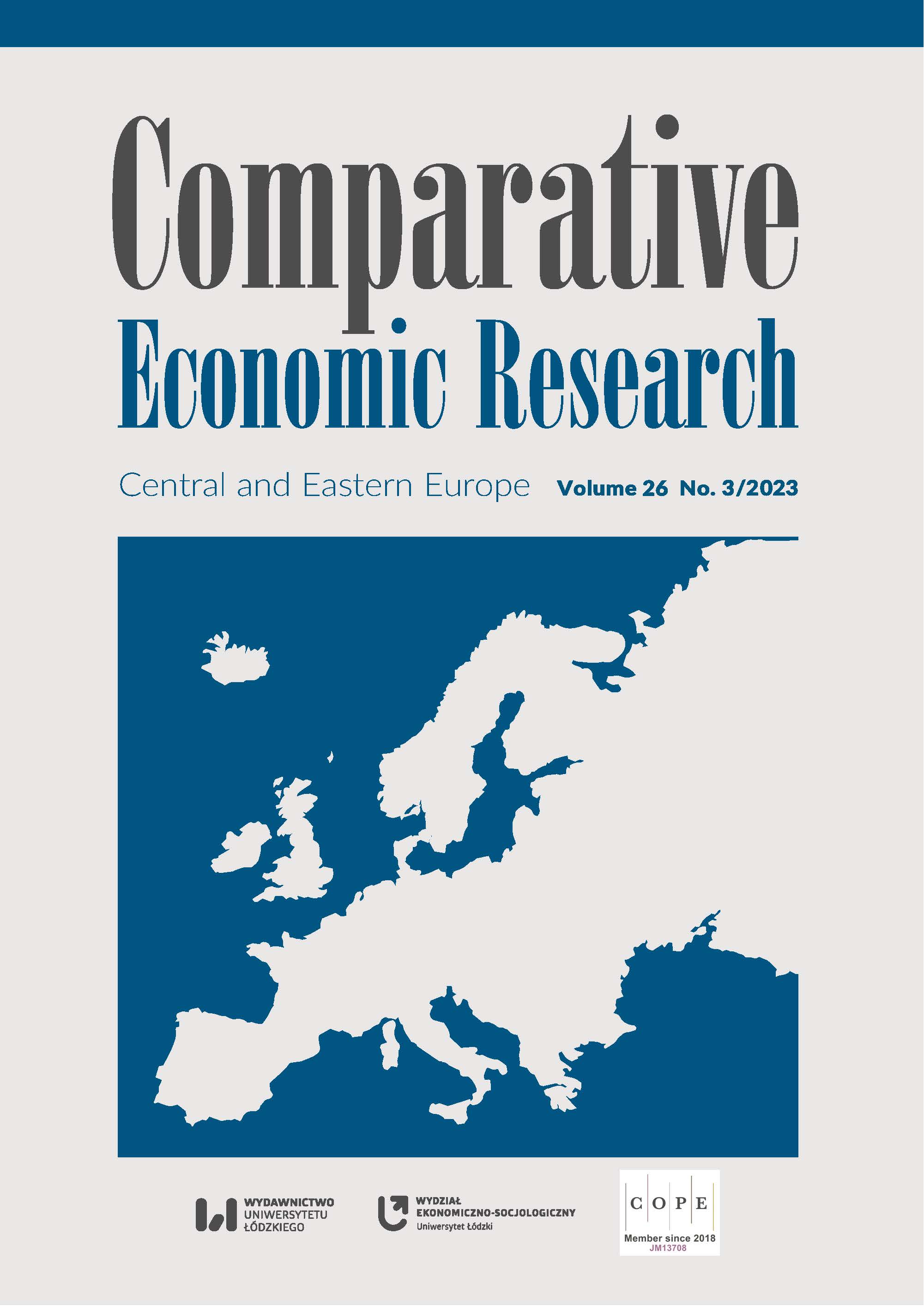Smart Cities for the Sustainable Development of Local Communities: the Cases of the Volyn Region and the City of Lublin
Smart Cities for the Sustainable Development of Local Communities: the Cases of the Volyn Region and the City of Lublin
Author(s): Pierpaolo Pontrandolfo, Oksana Polinkevych, Barbara Scozzi, Olena KuzmakSubject(s): Economy, Economic development
Published by: Wydawnictwo Uniwersytetu Łódzkiego
Keywords: smart city; local community; sustainable development; Benessere equo e sostenibile dei Territori (BESdT); city budget
Summary/Abstract: The concept of a “smart city” is being actively implemented by several European cities to improve citizens’ quality of life and sustainability at the local community level. The article evaluates “smart city” programs adopted by Ukraine cities in the Volyn region based on well‑being assessment. To do so, a literature review was conducted to identify indicators to assess well‑being at the local level, and Benessere equo e sostenibile dei territori (BESdT, Equitable, and Sustainable Territorial Well‑being) was adopted. BESdT is an institutional measurement framework developed by the Italian National Institute of Statistics (ISTAT) to measure well‑being at the local level through a collection of indicators that cover different well‑being domains. The BESdT indicators available for Ukraine and Poland were collected and then measured. The main goals of the scientific research are to clarify if it is possible to use the BESdT indicators, which are used to assess smart cities in Southern Europe, for the countries of North‑Eastern Europe using the example of the Volyn region and the city of Lublin. The work investigates the indicators of smart cities and considers examples of their construction for 2003–2021. The results testify to the upward trend in implementing “smart city” programs in the regional context. In the Volyn region, the priority areas of project implementation are security, transport, and electricity. In this region, development can be identified concerning trends such as a reduced death rate, an improved balance between work and personal life, increased economic prosperity, and the improved environmental component and security of society. On the other hand, a reduction in innovation implementation and a loss of trust in the government were also identified. The analysis shows that the positive changes above are due to the actions of the central rather than the regional government. Based on the analysis, it was established that the countries of North‑Eastern Europe have the level of development of Smart City 3.0, except for Ukraine, which has generation 1.0, and in Southern Europe, generation 4.0.
Journal: Comparative Economic Research. Central and Eastern Europe
- Issue Year: 26/2023
- Issue No: 3
- Page Range: 53-85
- Page Count: 33
- Language: English

